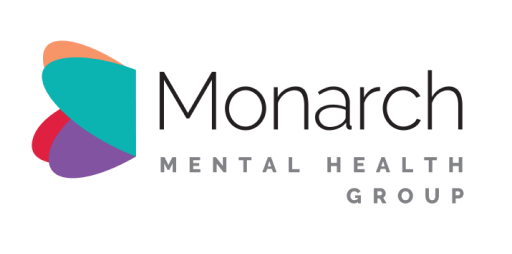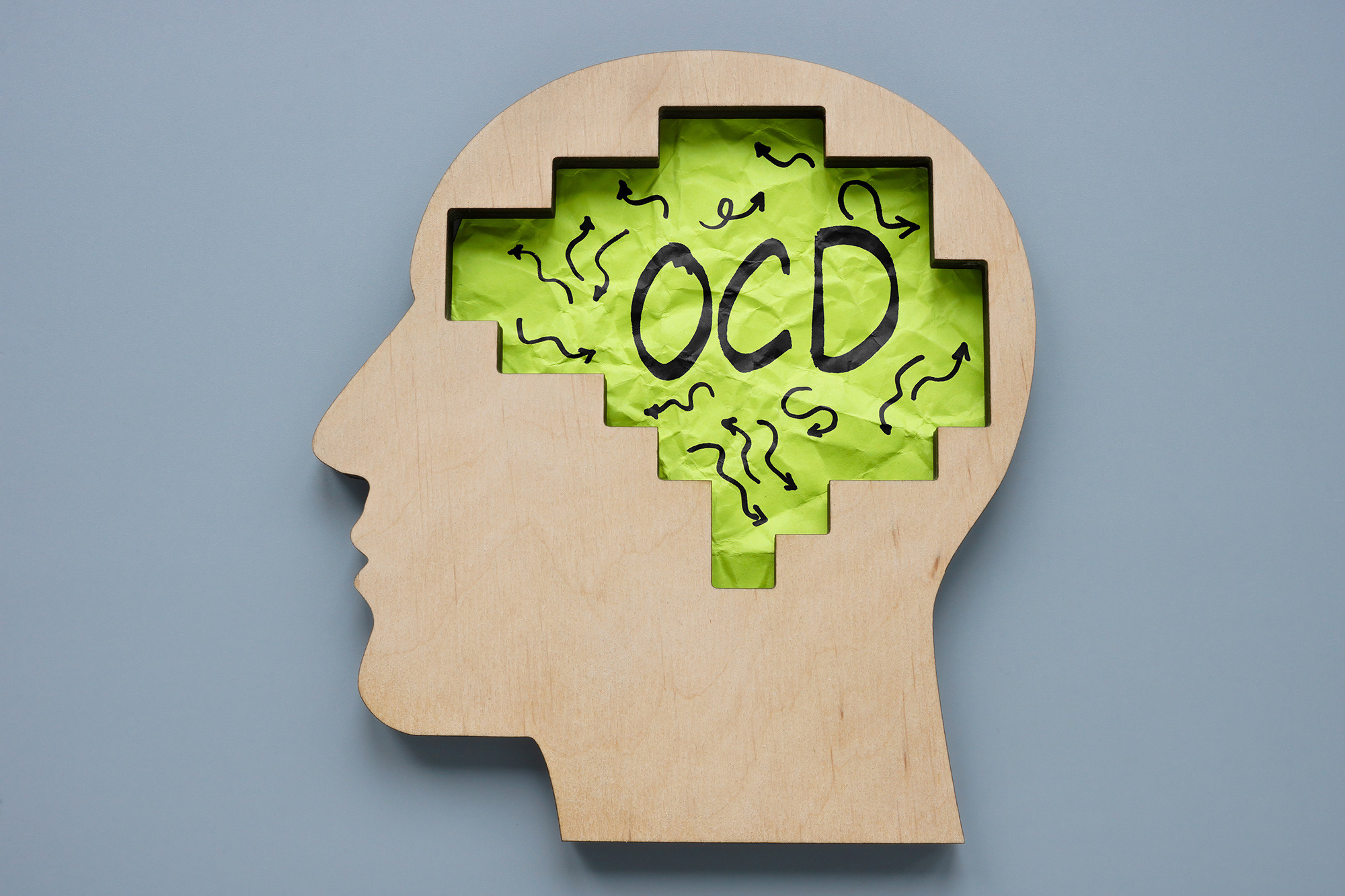Obsessive Compulsive Disorder (OCD) is a complex mental health condition marked by persistent, unwanted thoughts (obsessions) and repetitive behaviours (compulsions). Traditional OCD treatments, such as medication like selective serotonin reuptake inhibitors (SSRIs) and response prevention therapy, have proven effective for many patients.
For others, exploring different options, such as Transcranial Magnetic Stimulation (TMS) can be an effective part of their treatment journey. TMS for OCD is a non-invasive method that has gained attention in psychiatric research for its potential benefits in managing various mental health conditions, including major depressive disorder and OCD.
Understanding OCD and Its Challenges
Obsessive Compulsive Disorder significantly impacts the quality of life for many patients, with symptoms often fluctuating in severity. Standard treatments, such as SSRIs and cognitive behavioural therapy (CBT), can help manage OCD symptoms for a large number of individuals.
However, some patients continue to experience difficulties even with these approaches. When traditional treatments do not achieve the desired results, exploring other options, such as repetitive transcranial magnetic stimulation (rTMS), can be beneficial.
What Is TMS and How Does It Work for OCD?
TMS therapy is a form of brain stimulation that uses magnetic pulses to stimulate nerve cells in specific brain regions involved in OCD. A magnetic coil is placed against the scalp, producing pulses that target these nerve cells. This process can help regulate abnormal brain activity associated with OCD symptoms.
There are different types of TMS treatment, including repetitive TMS (rTMS) and deep transcranial magnetic stimulation (Deep TMS). Deep TMS reaches further into the brain to stimulate deeper regions often associated with OCD.
By affecting the circuits involved in obsessive-compulsive behaviours, Deep TMS may help reduce symptom severity for some patients. However, it is important to consider that TMS works differently for each individual, making it an option to discuss with healthcare providers.
Benefits of TMS for OCD
One of the key benefits of TMS is its non-invasive nature. Unlike more invasive treatments such as deep brain stimulation (DBS) or electroconvulsive therapy (ECT), TMS does not involve surgery or anaesthesia. Each treatment session usually lasts 20 to 40 minutes, allowing patients to return to their daily activities immediately afterward.
TMS offers an option for those seeking additional treatment avenues for OCD, especially when other methods, such as medication, may cause undesirable side effects like sexual dysfunction. It’s an opportunity to explore an alternative route that might complement existing treatment plans.
-
 Hover message
Hover message
Who Is a Suitable Candidate for TMS for OCD?
TMS treatment can be particularly beneficial for individuals experiencing treatment-resistant OCD. Those who have found limited relief with standard treatments, such as medication or therapy, or who prefer a non-pharmacological approach, may consider TMS as part of their treatment plan.
However, TMS suitability varies depending on individual circumstances, including medical history and should be evaluated by a mental health professional. For patients with conditions like major depressive disorder or bipolar disorder alongside OCD, TMS can sometimes offer additional support. Nevertheless, thorough consultation is necessary to determine if TMS is appropriate in each unique case.
What to Expect During TMS Treatment for OCD
TMS involves a series of treatment sessions, generally conducted five days a week over four to six weeks. During each session, a TMS coil is placed against the scalp, delivering magnetic pulses to stimulate nerve cells in the brain regions involved in OCD.
The process is painless, though patients may feel a tapping sensation on the scalp. As TMS does not require recovery time, patients can resume their regular activities immediately after each session. The total number of treatment sessions required depends on the individual's response to the therapy, making it a personalised approach to treating OCD.
-
 Hover message
Hover message
TMS as Part of a Comprehensive OCD Treatment Plan
TMS can be most effective when integrated into a broader OCD treatment plan. Combining TMS with other methods, such as therapy, lifestyle changes and medication, may provide a more holistic approach to managing OCD symptoms. For many patients, TMS is not a standalone solution but rather an option that, when used in conjunction with other treatments, may help improve their overall quality of life.
Conclusion
Transcranial Magnetic Stimulation (TMS) offers a valuable option for those seeking additional ways to manage OCD symptoms. By stimulating nerve cells in the brain involved in obsessive-compulsive disorder, TMS can play a role in a broader treatment strategy.
If you or a loved one are considering TMS as part of an OCD management plan, reach out to Monarch Mental Health Group for more information and to discuss whether this option might be right for you.
Click here if you would like to find out more about being referred to our clinics for TMS
FAQs
How does TMS help treat OCD?
TMS uses magnetic pulses to stimulate specific areas of the brain linked to OCD. This targeted approach can help treat OCD by modulating brain activity and potentially reducing the severity of symptoms.
Is there a significant recovery period after TMS treatment?
No, TMS does not require a significant recovery period. Most patients can return to their daily activities immediately after each session, as the procedure is non-invasive.
How soon do OCD patients notice changes after starting TMS?
OCD patients may start to notice changes within a few weeks of beginning TMS treatment. However, the time frame can vary depending on individual response to therapy.
What role does the deep TMS coil play in treatment?
The deep TMS coil is designed to reach deeper areas of the brain involved in OCD. By targeting these regions, the coil can help improve treatment outcomes for some patients.
Can TMS affect mood control in patients with OCD?
Yes, TMS can have an impact on mood control, as it stimulates areas of the brain involved in regulating mood. This can be beneficial for OCD patients, particularly those experiencing mood-related symptoms.
How does TMS influence OCD symptom severity?
TMS aims to reduce OCD symptom severity by normalising brain activity in the regions associated with obsessive-compulsive behaviours. This can lead to improvements in daily functioning and quality of life.
.png)
About The Author
Dr Ted Cassidy
Dr. Ted Cassidy is a psychiatrist and co-founder of Monarch Mental Health Group in Australia, which provides innovative treatments for depression, PTSD, and anxiety. Monarch Mental Health is recognized as Australia's first outpatient clinic offering assisted therapy and is the largest provider of outpatient magnetic stimulation therapy.

